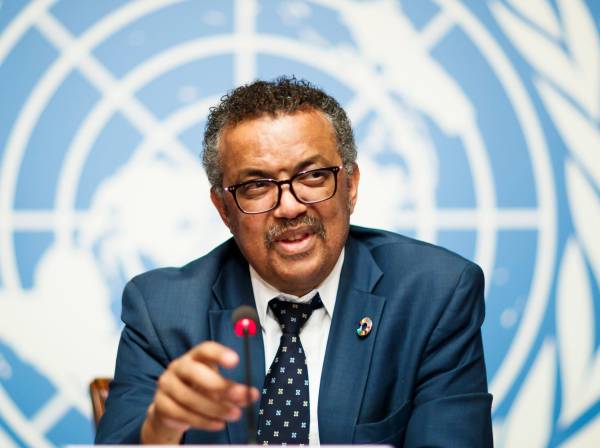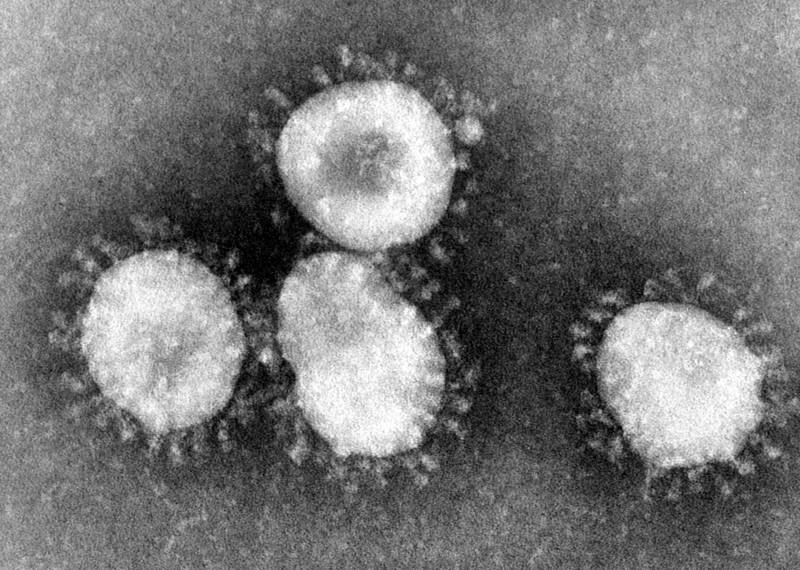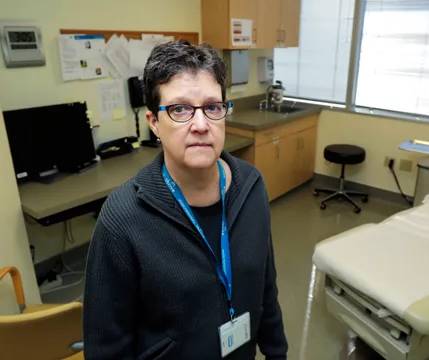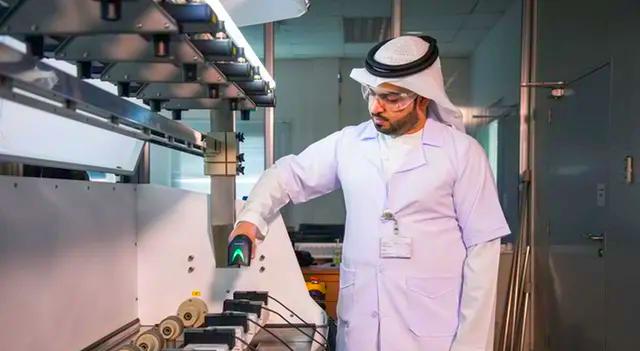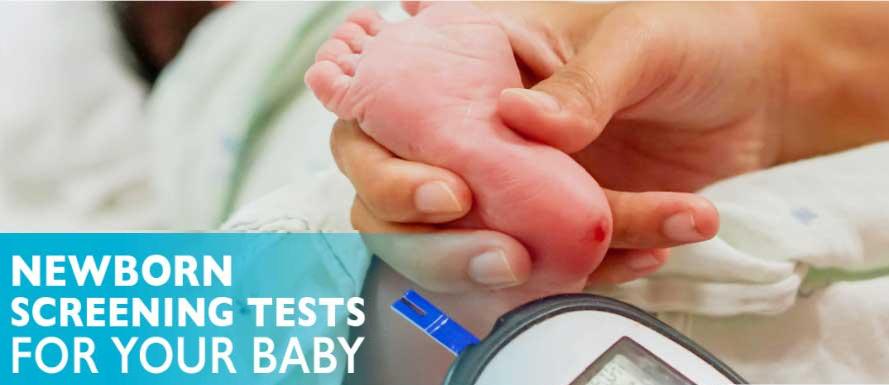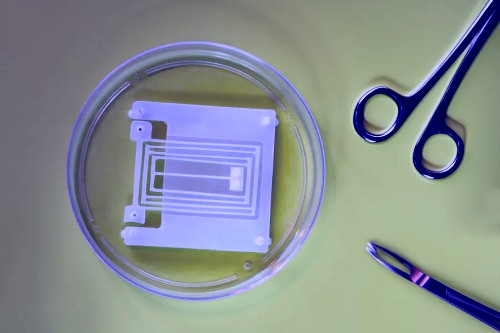Science of spare parts could help you live beyond 100
Article by Sam Lister, Health Editor Times Online
 Hip joints? Check. Knee ligaments? Check. Heart valves? Check.
Hip joints? Check. Knee ligaments? Check. Heart valves? Check.
It is the MoT that will last you a lifetime, and such are the advances in the science of “spare parts” that researchers claim it will help you live beyond the age of 100.
A £50million, five-year programme announced today, will focus on developing biomedical engineering solutions to the problems faced by Britain’s ageing population, which could keep the average person active into their second century.
The work, which will be co-ordinated by the Institute of Medical and Biological Engineering (iMBE) at the University of Leeds, aims to tackle ten challenges that will allow people “50 active years after 50”.
These include the regeneration of heart valves, the creation of vein repair patches, new ligaments and cartilages, off-the-shelf spare skin and replacement joints that do not wear out. The scientists hope that most will be achievable by 2015.
John Fisher, Professor of Mechanical Engineering and research leader, said that while improvements in healthcare, diet and lifestyle were helping us to live longer, human bodies were still degenerating with age, reducing a person’s quality of life and ability to contribute to society.
He said that the research would focus on the areas most affected by age — joints, spine, teeth, heart and circulation — developing new technologies for tissue engineering and regeneration, longer lasting joint replacements and spinal interventions.
The work, which will be funded by research councils, charities and industry, comes as one study suggests that more than half of babies born now in Britain and other wealthy nations will live beyond their 100th birthday.
Among the iMBE projects currently under way is the creation of “regenerative” heart valves. Scientists clean a human donor valve of all living cells to create a “scaffold” that will not be rejected by the recipient’s body. They then insert the valve into the patient, which is regenerated with cells to create living tissue.
 Eileen Ingham, Professor of Medical Immunology at Leeds, said the “acellular” technology — removing all cellular material with a series of detergent and enzyme washes — could be used to create other scaffolds that would not need the complex licensing required with the use of living tissue.
Eileen Ingham, Professor of Medical Immunology at Leeds, said the “acellular” technology — removing all cellular material with a series of detergent and enzyme washes — could be used to create other scaffolds that would not need the complex licensing required with the use of living tissue.
The technology, which is being taken forward by a spin-off company called Tissue Regenix, is being developed to mimic the biomechanical and biological environment in the body and grow other soft tissue such as ligaments and blood vessels.
“We are talking about biological scaffolds as therapies that support and encourage regenerative repair. Once you have one of these implants it should last the patient a lifetime,” Professor Ingham said.
“None of the current options in use is ideal, because if you use a mechanical heart valve it requires lifelong anticoagulation therapy, while a normal donor valve may only last 10 or 15 years before rejection. But with this you are using a remodelling matrix and making it part of the patient.” The researchers said that the scaffold comprised proteins produced by cells, such as collagen and elastin, and sugar molecules. More than 90 per cent of tissue can be such extracellular material.
An early study of the heart valve technology, involving 40 patients in Brazil, has shown no complications four years after treatment.
Researchers in Germany and the United States had also homed in on the approach, the iMBE team said, adding to the feeling that it could bring substantial advances.
Other projects include the development of replacement knee and hip joints that do not wear out, using ceramic, metal alloys and polyethylene. It will also examine the particles created as joint replacements wear, such as metal ions, and look at how to minimise the problem.
 Professor Christina Doyle, Chief Executive of Xeno Medical, a medical technology specialist and project partner, said researchers would focus on ensuring new discoveries were translated quickly into clinical practice.
Professor Christina Doyle, Chief Executive of Xeno Medical, a medical technology specialist and project partner, said researchers would focus on ensuring new discoveries were translated quickly into clinical practice.
Over the five years of the programme, they plan to develop ten new products and halve the time it takes to get them to market.
“These advance therapies will only be available if we can take bright ideas and turn them into tangible products,” Professor Doyle said.


